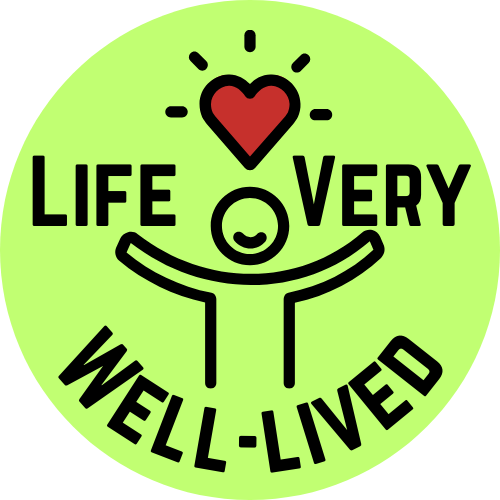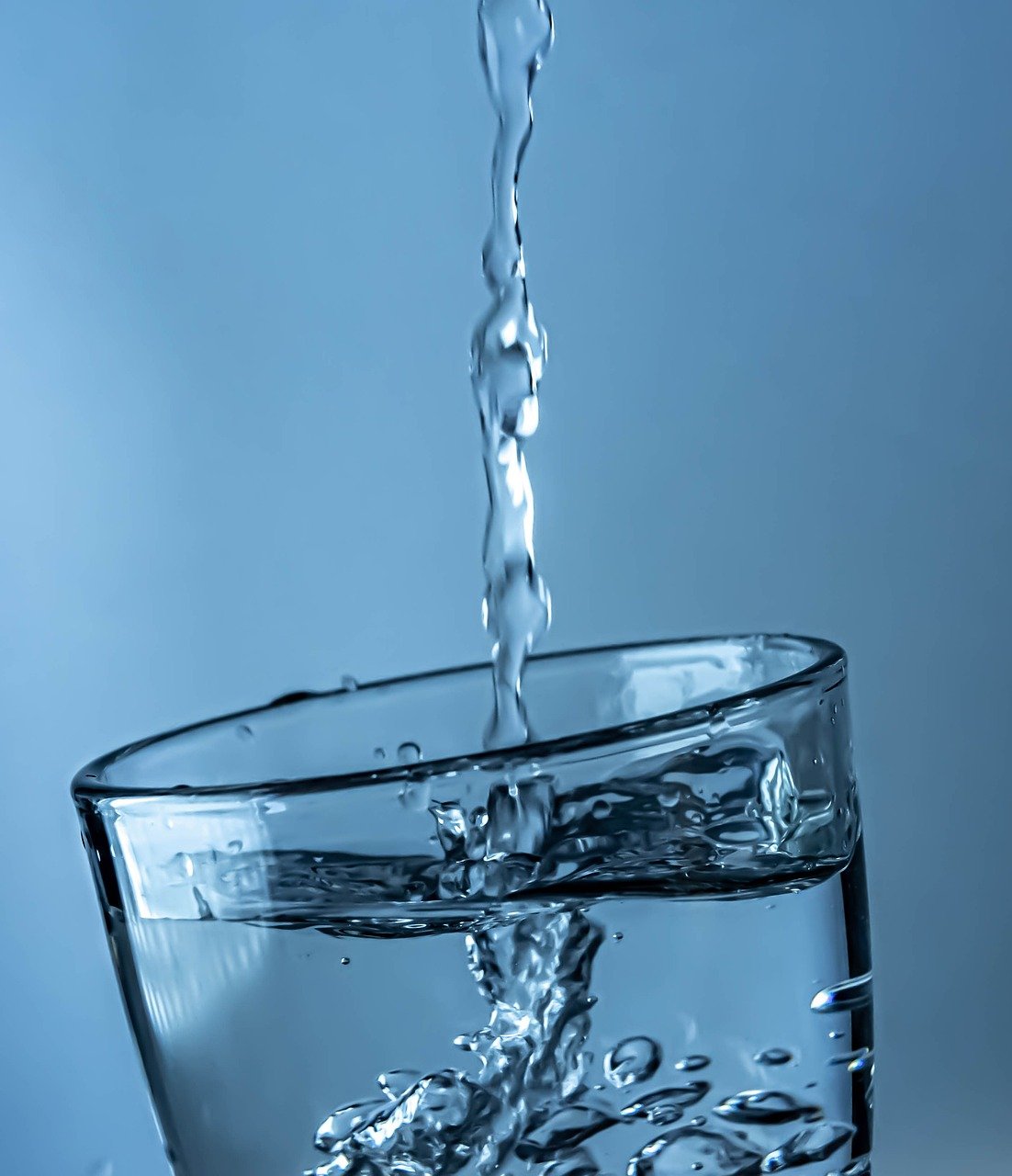In today’s fast-paced world, finding ways to improve our overall health and well-being has become increasingly important. With the rise of processed foods and unhealthy eating habits, many individuals are seeking a solution to cleanse their bodies and fuel themselves with nutritious, detoxifying meals. In this article, we present “Eating Clean: A Guide to a Detoxifying Diet,” a comprehensive resource that will equip you with the knowledge and tools to embark on a journey towards a healthier lifestyle. Join us as we explore the benefits, principles, and practical tips of consuming a clean, wholesome diet that will leave you feeling rejuvenated and revitalized.
Eating Clean: A Guide to a Detoxifying Diet
What is Clean Eating?
Clean eating is a dietary approach that focuses on consuming whole, unprocessed foods that are as close to their natural state as possible. It involves avoiding processed and refined foods that are often high in additives, preservatives, and unhealthy ingredients. Clean eating emphasizes the consumption of nutrient-dense foods that provide essential vitamins, minerals, and antioxidants. By adopting a clean eating lifestyle, individuals aim to improve their overall health, detoxify their bodies, and maintain a healthy weight.
Benefits of a Detoxifying Diet
Following a detoxifying diet offers numerous benefits to our overall health and well-being. One of the primary advantages is the elimination of toxins from our bodies. By consuming clean, nutrient-dense foods, we can support our liver and other detoxification organs in effectively eliminating harmful substances. This helps improve digestion, boost energy levels, enhance immune function, and promote healthy skin.
Another key benefit of a detoxifying diet is weight loss. By avoiding processed foods and focusing on whole, unprocessed foods, we provide our bodies with essential nutrients while minimizing the consumption of empty calories. Clean eating encourages portion control and encourages individuals to listen to their body’s hunger and fullness cues, leading to sustainable weight loss and weight maintenance.

This image is property of pixabay.com.
Getting Started with Clean Eating
If you’re considering adopting a clean eating lifestyle, it’s essential to start with small, manageable steps. Begin by eliminating processed and packaged foods from your pantry and replacing them with fresh, whole foods. Gradually increase your consumption of fruits, vegetables, lean proteins, whole grains, and healthy fats. It’s also beneficial to plan and prepare your meals in advance to ensure that you have nutritious, clean options readily available.
Creating a Detoxifying Meal Plan
To successfully implement a detoxifying diet, it’s helpful to create a meal plan. Start by listing the meals and snacks you will have each day, ensuring they include a balance of macronutrients. Aim for a variety of colorful fruits and vegetables, lean proteins such as chicken or fish, whole grains like quinoa or brown rice, and healthy fats like avocado or nuts. Planning your meals in advance can help you stay on track and resist the temptation of unhealthy choices.

This image is property of pixabay.com.
Key Principles of Clean Eating
Clean eating is guided by several key principles. Firstly, it involves consuming real, whole foods that are minimally processed. This means avoiding foods that contain artificial additives, preservatives, or added sugars. Clean eating also promotes portion control, encouraging individuals to eat until they are satisfied but not overly full. It emphasizes the importance of listening to your body’s hunger and fullness cues.
Additionally, clean eating encourages individuals to prioritize the quality of their food. Choosing organic, locally sourced, and sustainably produced food when possible can help minimize exposure to pesticides and harmful substances. It’s also vital to stay hydrated by drinking plenty of water throughout the day and limit the consumption of sugary beverages.
Foods to Include in a Detoxifying Diet
When following a detoxifying diet, it’s essential to include a variety of nutrient-dense foods. Fruits and vegetables should form a significant part of your diet, providing you with essential vitamins, minerals, and antioxidants. Incorporate a wide range of colors to maximize the diversity of nutrients. Lean proteins such as chicken, turkey, fish, and tofu are excellent sources of essential amino acids while being low in saturated fat.
Whole grains like quinoa, brown rice, and oats are rich in fiber, vitamins, and minerals. Healthy fats from sources like avocados, nuts, seeds, and olive oil are also important for overall health. Greek yogurt, eggs, and legumes can contribute to your intake of protein and beneficial bacteria for gut health. Lastly, herbs, spices, and teas can provide added flavor and antioxidants to your meals.

This image is property of pixabay.com.
Foods to Avoid in a Detoxifying Diet
Toxins and unhealthy substances can be found in a variety of processed and refined foods. When following a detoxifying diet, it’s crucial to avoid these foods to support your body’s natural detoxification processes. Processed snacks such as chips, cookies, and candy are often high in refined sugars, unhealthy fats, and artificial additives. Sugary beverages like soda and fruit juices can also contribute to inflammation and weight gain.
Additionally, it’s important to limit the consumption of processed meats, which are often high in sodium and preservatives. Instead, opt for fresh, lean sources of protein. Avoid refined grains such as white bread, white rice, and pasta, as they lack essential nutrients and can lead to blood sugar spikes. Lastly, try to minimize your intake of alcohol, as it can have detrimental effects on liver health and overall detoxification.
Tips for Grocery Shopping on a Clean Diet
When grocery shopping for a detoxifying diet, it’s essential to have a plan and stick to it. Before heading to the store, create a list of the nutritious foods you need and avoid impulse purchases. Opt for fresh, seasonal produce, and choose organic options when possible to minimize exposure to pesticides. Look for whole grains, lean proteins, and healthy fats. Reading food labels is also crucial to identify any hidden unhealthy ingredients.
Shopping the perimeter of the grocery store, where fresh produce, meat, and dairy are typically located, can help you navigate away from the heavily processed, packaged foods in the center aisles. It’s also beneficial to shop with a full stomach to avoid impulse buying of unhealthy snacks and treats.

Cooking Techniques for a Detoxifying Diet
The way we prepare our food can have a significant impact on its nutrient content and overall healthiness. When following a detoxifying diet, opt for cooking techniques that preserve the nutritional value of food. Steaming, sautéing, baking, and grilling are excellent choices, as they require minimal added fats. Avoid deep frying or heavily breading foods, as they can increase calorie and unhealthy fat content.
When cooking vegetables, aim for al dente texture to preserve their vitamins and minerals. Consider incorporating more raw vegetables into your diet, such as in salads or as toppings for wraps and sandwiches. Experimenting with herbs, spices, and citrus juices can add flavor to your meals without the need for excessive salt or unhealthy sauces.
Balancing Macronutrients on a Detoxifying Diet
To ensure a balanced and nourishing detoxifying diet, it’s essential to consider the proportions of macronutrients in your meals. Carbohydrates, proteins, and fats all play vital roles in supporting overall health. Include a variety of complex carbohydrates like whole grains and legumes to provide a steady release of energy.
Incorporate lean sources of protein such as poultry, fish, or plant-based options to promote muscle repair and maintenance. Healthy fats from sources like avocados, nuts, and olive oil are essential for brain function and the absorption of fat-soluble vitamins. Aim for a balanced plate that includes approximately 50% fruits and vegetables, 25% lean protein, and 25% complex carbohydrates and healthy fats.
By following these guidelines and principles, you can embark on a detoxifying diet that promotes optimal health and well-being. Remember to consult with a healthcare professional or registered dietitian before making any significant dietary changes to ensure they align with your individual needs and medical conditions. Take it one step at a time, and embrace the journey towards clean eating for a healthier future.


